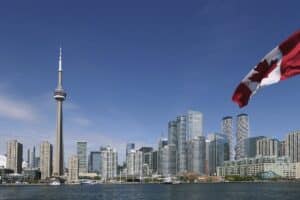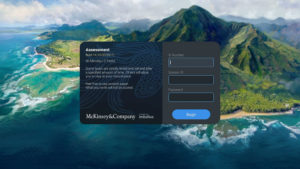
Are you mind-blanking in your cover letter? Are you wondering if it’s good enough? If so, you’re in the right place!
Here we’re going to share the most important aspects of a cover letter for consulting roles at top firms such as McKinsey, BCG and Bain.
Cover letters won’t land you an interview, but they might lead to rejection
Cover letters aren’t a big part of your application so you shouldn’t assume yours will be read. They are only reviewed if your resume is borderline. But if it is read and it’s bad, you’re likely to be rejected. So make sure to spend sufficient time on your cover letter to avoid producing a bad one, but don’t invest more energy into it than your resume.
Keep it simple, stupid
Keep the cover letter under one page and apply a simple and professional format with an uncomplicated structure.
You can think of the content across four segments: start by introducing yourself, explain what you bring to the role, set out your motivation, and end with a quick wrap up.
1. Introduction
For an introduction, you can use:
“I am writing to express my interest in joining [Firm] as a [role]. I am currently completing my final year at [university], in a Bachelors of [degree]”.
If you’re not a student then simply state what role you currently have and where. This leads to a straightforward introduction that states the purpose of the letter and summarizes your background.
2. Explain what you bring to the role
The second part of the letter is the most important. There are two ways to explain what you bring to the role.
The first is to state the top attributes you bring to the role and then illustrate each of them with achievement. The other way is to summarize your journey and state key accomplishments that link to specific attributes that fit the requirements. Both ways get you to the same place.
Here’s an example of the second option:
“My journey to date has been driven by my interest in quantitative subjects, human relationships and business. At Cambridge, I chose a course that gave me many opportunities to apply my quantitative abilities to real-world problems. For instance, as a student researcher, I conducted advanced statistical analyses to predict addictions.”
3. Explain your motivation
The third part of the letter states your motivations. This is where things can go wrong. You’ll have to explain what attracts you to the firm, so it’s important that your description is relevant and factually correct. Make sure you do your research to avoid making inaccurate statements.
4. Conclusion
Finally, use a simple wrap up statement such as:
“Please do not hesitate to contact me should you require any further information. I look forward to hearing from you.”
Still want more help?
We cover each of these elements in much more depth and provide best-practice templates and examples of cover letters and resumes inside our Resume Courses, available here.






